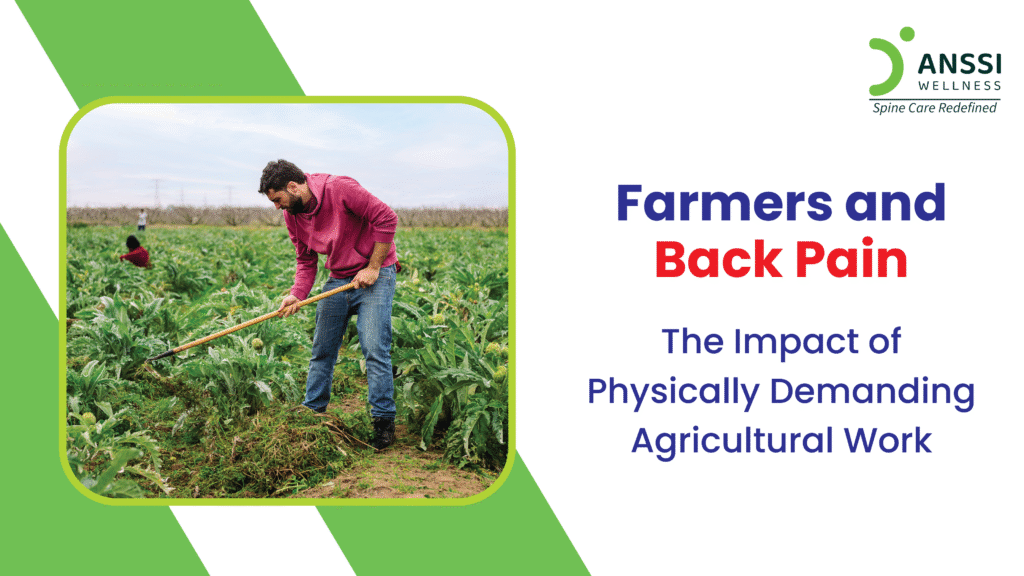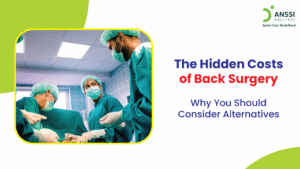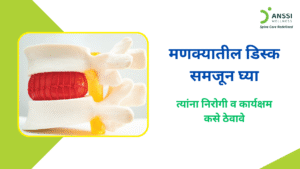Farming is the backbone of our society, providing essential food and resources. Yet, behind this noble profession lies a harsh reality: chronic back pain is extremely common among farmers. Daily agricultural work demands intense physical labour when bending, lifting, prolonged stooping, and operating machinery that places constant stress on the spine.
Without proper care and preventive measures, many farmers end up facing debilitating back problems that affect their ability to work and live comfortably.
Why Farmers Are at Higher Risk
Agricultural work is physically demanding in ways few other jobs are.
Farmers regularly engage in:
- Bending to plant, weed, and harvest crops
- Lifting heavy loads like bags of feed, bales of hay, and farm equipment
- Driving tractors and machinery for hours in fixed, vibration-heavy positions
- Prolonged stooping or squatting during planting or fieldwork
These repetitive, strenuous activities cause spinal compression, accelerate disc wear and tear, strain muscles, and create postural imbalances over time. Unlike desk workers who might adjust a chair or a screen, farmers often work in environments that offer little ergonomic support.
With long working hours and minimal rest, the cumulative impact on the back becomes a serious health concern.
Common Back Problems in Farmers
Given the physical nature of farming, it’s no surprise that certain back issues are especially prevalent among agricultural workers. Here are the most common problems farmers face:
Disc Bulge and Herniation
Constant lifting and bending can cause the soft discs between vertebrae to bulge or rupture. This can press on nearby nerves, leading to lower back pain, leg pain, or sciatica.
Sciatica and Nerve Compression
When a bulging or herniated disc compresses the sciatic nerve, it causes shooting pain that travels from the lower back down the leg. Prolonged driving or bending often worsens sciatica symptoms.
Lower Back Muscle Strain
Repetitive heavy lifting without proper technique can lead to strained muscles and ligaments, causing persistent pain and reducing flexibility and mobility.
Degenerative Disc Disease
Years of physically demanding work can cause the spinal discs to wear down, leading to chronic pain, reduced disc height, and restricted movement.
Postural Problems
Habitual poor postures such as stooping, leaning, or twisting awkwardly, can lead to spinal misalignment, uneven muscle development, and increased risk of back injuries.
Prevention and Management Strategies
While back pain among farmers is common, it isn’t inevitable. With proper awareness and proactive strategies, farmers can protect their spines and continue their important work for years to come.
Here’s how:
Proper Lifting Techniques and Assistive Tools
- When lifting, always bend at the knees rather than the waist.
- Keep the load close to the body and avoid twisting while carrying heavy items.
- Use wheelbarrows, carts, and mechanical lifts whenever possible to minimise spinal stress.
Regular Stretching and Strengthening Exercises
- Simple daily stretches for the back, hips, and hamstrings can relieve muscle tension.
- Core strengthening exercises support the spine and reduce the risk of injury.
- Light activities like walking and swimming improve flexibility and circulation.
Ergonomic Modifications in Farming Equipment
- Install shock-absorbing seats on tractors and machinery.
- Adjust handle heights on tools to prevent excessive bending or reaching.
- Use padded gloves and knee pads to reduce joint stress during repetitive tasks.
Wearing Supportive Braces During Heavy Work
A lumbar support belt or back brace can help stabilise the spine during heavy lifting or prolonged standing.
However, braces should be used thoughtfully and not as a substitute for strengthening exercises.
Incorporating Rest Breaks
- Schedule short, frequent breaks to stand, walk, or stretch during long tasks.
- Vary work positions and tasks throughout the day to avoid repetitive stress on the same muscle groups.
Seeking Non-Surgical Care Options
When back pain persists, non-invasive treatments like Non-Surgical Spinal Decompression Treatment (NSSDT) and physiotherapy offer excellent results.
- Non-surgical spinal decompression treatment gently stretches the spine, relieving disc pressure and promoting healing without surgery.
- Physiotherapy helps realign the body, build strength, and teach pain-relieving movement patterns.
About ANSSI:
ANSSI Wellness focuses on improving the quality of life for patients suffering from spinal issues, aiming to provide relief where other conventional treatments have failed. Through advanced non-surgical spinal decompression treatment, ANSSI is committed to helping patients avoid surgery and recover in a safe, effective, and compassionate environment.
Connect with ANSSI Wellness on LinkedIn, Instagram, and Facebook for expert guidance.



